Poudretteite is a rare and valuable gemstone that belongs to the spodumene mineral group. It is named after the Poudrette family, owners and operators of the quarry where it was first discovered. The gemstone is known for its striking pink to violet hues and is highly prized by collectors and gem enthusiasts.
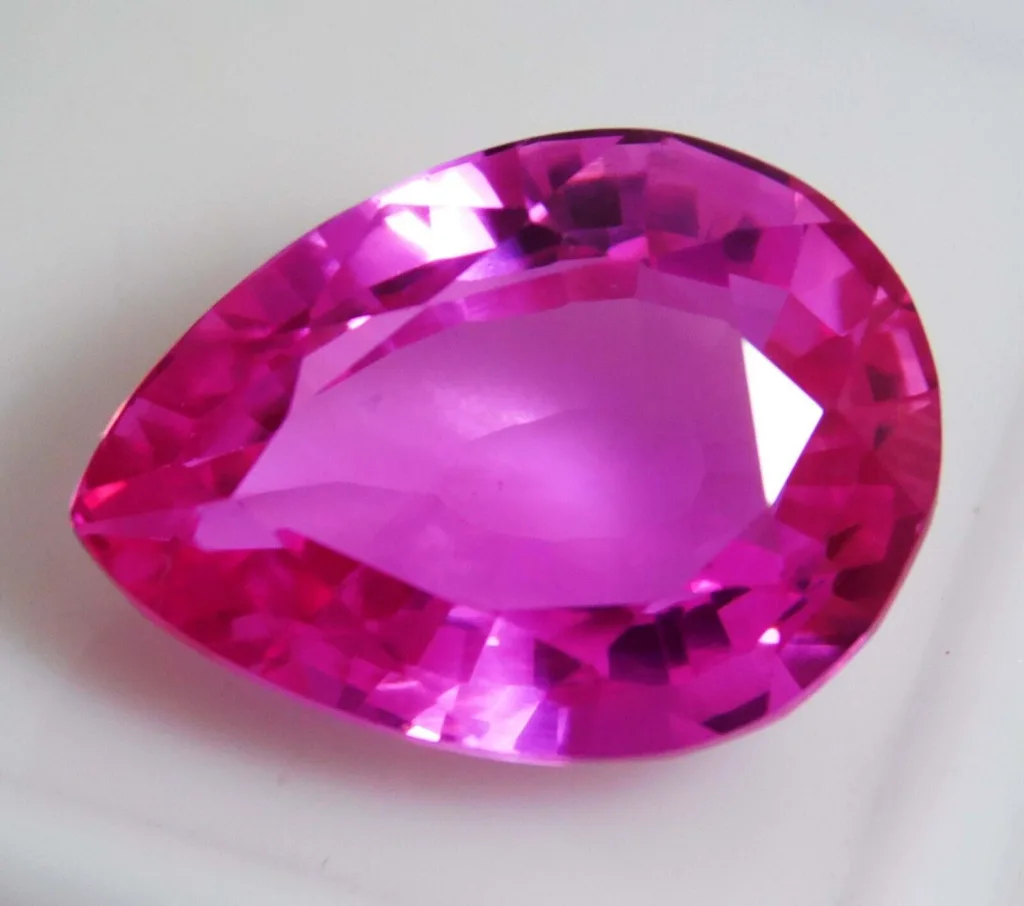
Composition: Poudretteite is a beryllium aluminum cyclosilicate, with the chemical formula (BeAl3(Si6O18)). It is closely related to other gems in the spodumene family, such as kunzite and hiddenite. The distinctive coloration of poudretteite is attributed to manganese and cesium impurities within its crystal structure.
Discovery and Origin: Poudretteite was first discovered in 1965 at the Poudrette Quarry in Mont Saint-Hilaire, Quebec, Canada. The Poudrette family, who owned the quarry, were instrumental in bringing this gem to the attention of the scientific community. Initially, the gem was misidentified as a variety of another mineral, and it wasn’t until further analysis that it was recognized as a unique and previously unknown species.
The gemstone gained recognition for its vibrant coloration and exceptional rarity. Poudretteite is not only rare in occurrence but is also rarely found in sizes suitable for cutting gemstones. As a result, it has become highly sought after by gem collectors and enthusiasts.
Apart from its original discovery in Canada, poudretteite has also been found in other locations around the world, including Myanmar (Burma), Afghanistan, and Madagascar. However, its occurrences remain limited, and the gem remains a prized and rare addition to gemstone collections.
Due to its scarcity and the captivating beauty of its pink to violet hues, poudretteite has become a coveted gemstone in the world of jewelry and mineral collecting. While not as widely known as some other gemstones, its rarity and unique color make it a fascinating and valuable addition to the world of precious minerals.
Geological Context
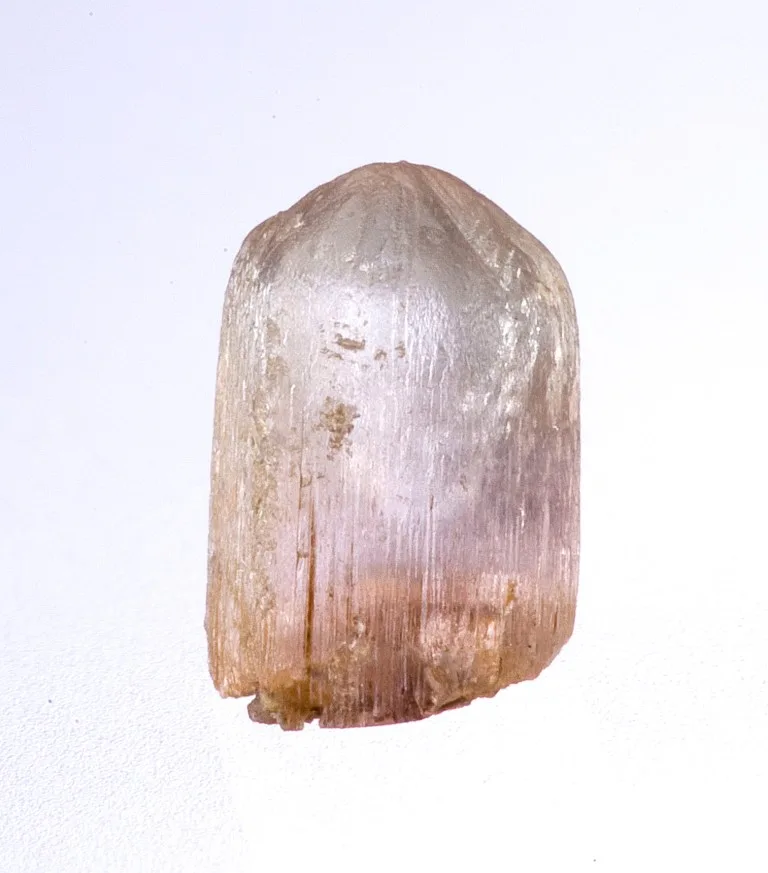
Poudretteite is typically associated with pegmatite deposits. Pegmatites are coarse-grained igneous rocks that often contain crystals of exceptional size. They are formed from the cooling of magma, and their slow cooling process allows for the development of large mineral crystals. Poudretteite is specifically found in lithium-rich pegmatites, which are known for producing a variety of gemstones.
Formation Conditions: The specific formation conditions for poudretteite involve the crystallization of lithium-bearing pegmatitic melt. The presence of beryllium, aluminum, silicon, manganese, and cesium in the geological environment plays a crucial role in the development of poudretteite crystals. The gem’s distinctive coloration is attributed to the presence of manganese and cesium impurities within its crystal structure.
The geological processes leading to the formation of poudretteite likely include the cooling and crystallization of pegmatitic magma over an extended period. The slow cooling allows for the growth of larger crystals and the incorporation of various elements into the crystal lattice.
Occurrence in Nature: Poudretteite is a rare gemstone, and its occurrences in nature are limited. The primary source of poudretteite is the Poudrette Quarry in Mont Saint-Hilaire, Quebec, Canada, where it was first discovered. The gem has also been found in other countries, including Myanmar, Afghanistan, and Madagascar, though in smaller quantities.
The gem is often found in association with other lithium-containing minerals within the pegmatite deposits. The specific conditions required for the formation of poudretteite, along with the geological processes involved, contribute to its rarity in nature.
Associated Minerals: Poudretteite is commonly associated with other minerals found in lithium-rich pegmatites. Some of the associated minerals may include:
- Spodumene: Poudretteite belongs to the spodumene mineral group, and it is often found in association with other spodumene varieties like kunzite and hiddenite.
- Lepidolite: This lithium-rich mica is frequently found in lithium-bearing pegmatites and is sometimes associated with poudretteite.
- Quartz: Quartz crystals are common components of pegmatite deposits and may be found alongside poudretteite.
- Tourmaline: Various colors of tourmaline, including pink and green varieties, are often found in lithium-rich pegmatites.
The presence of these minerals in the geological environment contributes to the overall character of the pegmatitic deposits where poudretteite is discovered. The unique combination of elements and conditions necessary for the formation of poudretteite makes it a distinctive and sought-after gemstone in the world of mineralogy and gemology.
Physical and Chemical Properties

Physical Properties:
- Color: Poudretteite is known for its striking pink to violet hues, though it can also occur in colorless, yellowish, or greenish varieties. The intensity of the color is a key factor in determining the gem’s value.
- Luster: The luster of poudretteite is vitreous, giving it a glassy and reflective appearance when polished.
- Transparency: Poudretteite is typically transparent, allowing light to pass through the gem. This property enhances its ability to exhibit a vibrant play of colors.
- Crystal System: Poudretteite crystallizes in the monoclinic crystal system. The crystals are often prismatic, with well-defined faces.
- Hardness: Poudretteite has a hardness of approximately 7 to 7.5 on the Mohs scale, making it a relatively durable gemstone suitable for use in jewelry.
- Cleavage: Poudretteite exhibits distinct cleavage along its crystal planes. This means the gemstone may break along these planes if subjected to sufficient stress.
- Specific Gravity: The specific gravity of poudretteite typically ranges from 3.17 to 3.20, indicating a moderate density.
Chemical Properties:
- Chemical Formula: Poudretteite has the chemical formula (BeAl3(Si6O18)), indicating its composition as a beryllium aluminum cyclosilicate.
- Composition: The gemstone contains beryllium, aluminum, silicon, and oxygen in its crystal structure. The distinctive coloration is often attributed to the presence of manganese and cesium impurities.
- Optical Properties: Poudretteite has uniaxial negative optic character, meaning it exhibits double refraction. It also has a relatively high refractive index, contributing to its brilliance and sparkle.
- Fluorescence: Poudretteite may exhibit fluorescence under ultraviolet light, with colors ranging from pink to orange.
- Heat Sensitivity: Poudretteite is generally stable under normal conditions, but exposure to extreme heat can potentially alter its color. As with many gemstones, it is advisable to avoid exposing poudretteite to high temperatures or sudden temperature changes.
Understanding these physical and chemical properties is essential for gemologists, jewelers, and collectors, as they provide valuable information about the gem’s durability, appearance, and potential treatments. These properties also contribute to the gem’s unique beauty and desirability in the world of gemology.
Poudretteite Locations
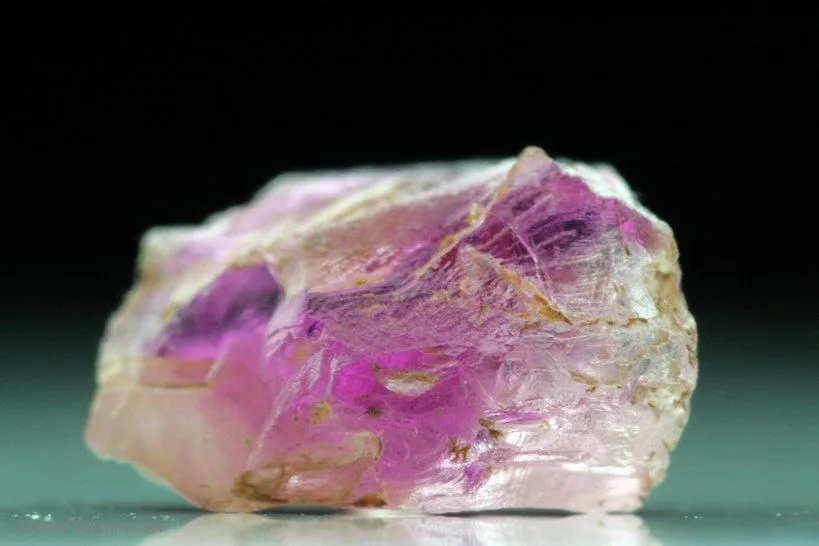
Poudretteite is a rare gemstone, and its occurrences are limited. The primary source of poudretteite is the Poudrette Quarry in Mont Saint-Hilaire, Quebec, Canada, where it was first discovered in 1965. The quarry is named after the Poudrette family, who owned and operated the site.
While the Poudrette Quarry remains the most significant locality for poudretteite, the gemstone has also been found in other locations around the world. Some of these include:
- Myanmar (Burma): Poudretteite has been reported from various gemstone deposits in Myanmar, adding to the global distribution of this rare gem.
- Afghanistan: Poudretteite has been found in pegmatite deposits in Afghanistan, contributing to the diversity of its occurrences.
- Madagascar: Gem-quality poudretteite has also been discovered in Madagascar. The island is known for its rich gemological diversity, and poudretteite is among the interesting minerals found there.
It’s important to note that while poudretteite has been identified in these additional locations, its occurrences are generally sporadic and in smaller quantities compared to the Poudrette Quarry. The gem’s rarity and limited sources contribute to its desirability among collectors and gem enthusiasts. Gem-quality poudretteite is often found in association with other lithium-bearing minerals within pegmatite deposits.
Importance and Uses
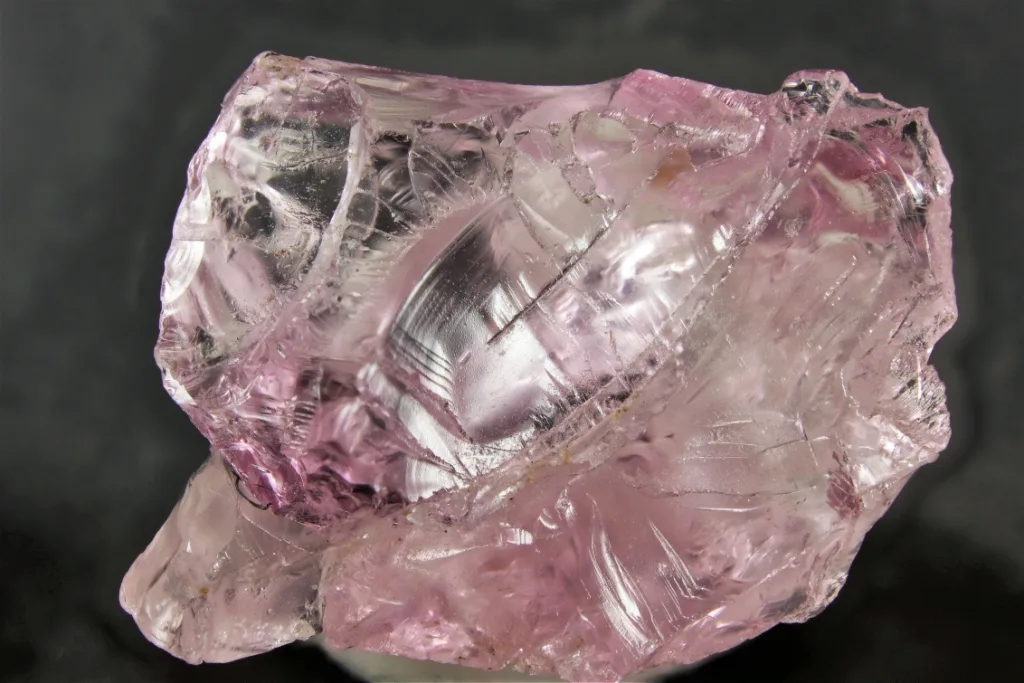
Importance:
- Gemstone Collecting: Poudretteite is highly valued and sought after by gemstone collectors due to its rarity and vibrant pink to violet hues. Collectors often appreciate gemstones that are unique and uncommon, making poudretteite a prized addition to mineral collections.
- Gemstone Jewelry: While poudretteite is not as well-known as some other gemstones, it is occasionally used in jewelry. Its attractive color and rarity make it a unique and distinctive choice for individuals who appreciate less conventional gemstones.
- Scientific Interest: Poudretteite has significant scientific importance due to its rarity and the insights it provides into the geological processes and conditions that lead to the formation of specific gemstones. Studying poudretteite can contribute to a better understanding of pegmatite formations and the behavior of certain trace elements in gemstone crystallization.
- Lapidary Arts: Poudretteite, when available in suitable sizes and qualities, may be cut and faceted by lapidaries to enhance its beauty and showcase its unique color. The lapidary arts play a crucial role in transforming rough gem material into finished, polished gemstones for use in various applications.
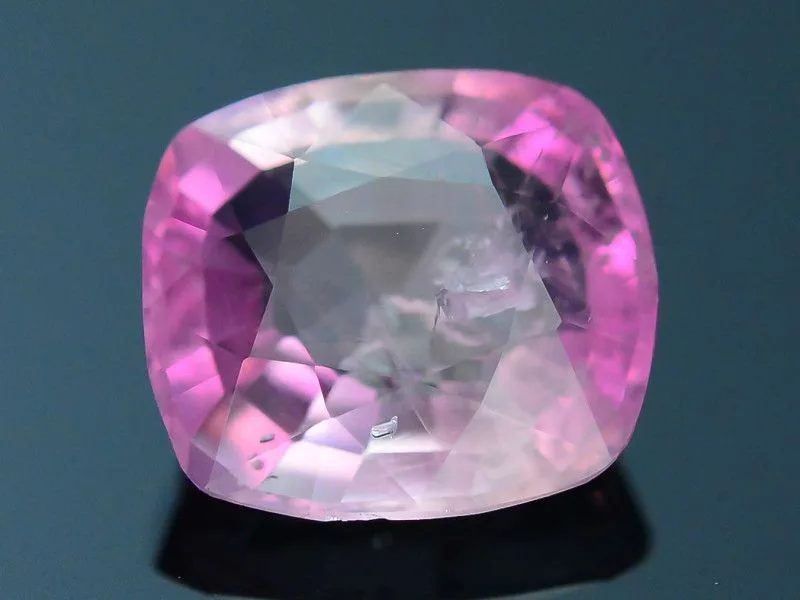
Uses:
- Gemstone Jewelry: Poudretteite, when cut and polished, can be used in jewelry such as rings, earrings, pendants, and bracelets. Its distinctive color adds a touch of uniqueness to jewelry designs, and its rarity may appeal to those seeking something less common.
- Collectibles and Investments: Gem-quality poudretteite specimens are often considered valuable collectibles. Some collectors view rare gemstones as investments, anticipating that their value may increase over time due to their scarcity and desirability among collectors.
- Mineralogical Research: Poudretteite has significance in the field of mineralogy and geological research. Studying its occurrences, crystal structure, and the conditions under which it forms can contribute to broader knowledge about Earth’s geology and the formation of gemstones in specific geological environments.
While poudretteite is not as widely used in commercial jewelry as more common gemstones, its importance lies in its rarity, aesthetic appeal, and contribution to scientific understanding. It remains a fascinating gem for those with an interest in gemology, mineralogy, and the beauty of unique and uncommon gemstones.




































